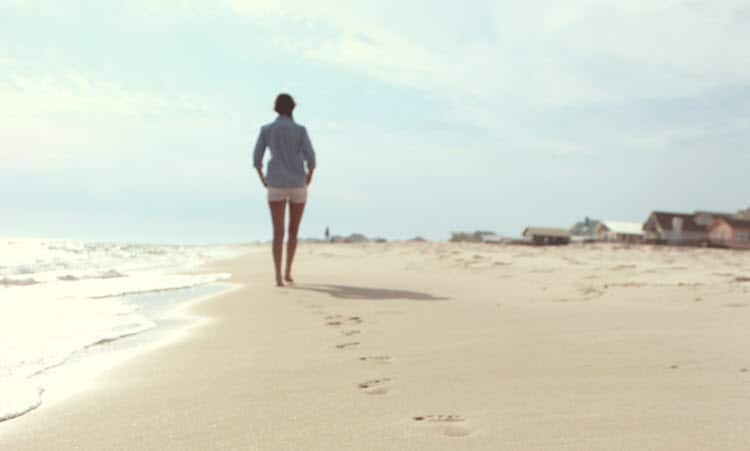
Back on Your Feet – Returning to Exercise After a Foot Injury
It wasn’t long ago that foot injuries weren’t taken too seriously. In fact no minor injuries were. It was a simpler time when we understood just little enough to not worry about what we put in our bodies, the atmosphere or on TV. If a bone wasn’t actually poking out at an angle, parents and coaches alike didn’t always rush you off to the doctor, because it was probably going to go away. Except of course when it didn’t…
Fortunately, we live in more compassionate times. We also live in times that are overloaded with information, available anywhere at massively fast download speeds. It can lead to impatience, because your body has an irritating tendency to not rush healing, even though it knows how busy you in fact are! Thankfully, there are ways to help you spend less time in my office, unless you’re passing and want to use the coffee machine…
Keep It Low Impact
Your 5km jogs are out, so this is the perfect time to try some alternative forms of exercise that place minimal or no burden on your feet. Swimming, water jogging or pedaling on an exercise bike can all keep your heart and lungs pumping without excessive pressure on the extremities. Many Pilates and yoga stretches involve no foot pressure, so talk to an instructor about a program that works for you. If you’re into resistance training, seated upper-body exercises are the way to go until you’re ready to put some weight back on your feet. Remember, this is a temporary thing, not a total lifestyle change, so if you treat it as such, it will be easier to do what you need to, to get better gradually.
Take It Slow
When you’re feeling like you’re on the mend, it’s tempting to throw yourself right back into your routine. This approach can have serious consequences and lead to re-injury or long-term damage. Just because it feels better, don’t be fooled into thinking your body is fixed. It simply doesn’t need to restrain you by hurting as much. It figures you knew that. When you’re ready to reintroduce load-bearing exercise into your schedule, a good rule of thumb is to start with 50% of your original capacity, then work your way up by 10-15% per week until you’re back at your peak. If it hurts, dial the pressure down a notch and try again next time.
Stretch
Just because you aren’t putting direct pressure on your feet, it doesn’t necessarily mean that you aren’t putting indirect pressure on the injury site. Tighter muscles, which come from using them and allowing them to shorten, means that there is still traction from the tendon insertions on your foot bones and this can exacerbate the problem, assuming of course that wasn’t the original problem in the first place (plantar fascia and achilles tendon, I’m talking to you…). A simple increase in stretching, especially in this awesome freezing weather can make all the difference.
The Right Gear
Your beaten-up old runners spell trouble as you work towards recovery. Ensure your feet are protected with good-quality, comfortable shoes with plenty of cushioning and support to reduce impact and jarring. Custom-made orthotics can also provide additional support as you ramp your way back up to full activity. In the midst of Winter, make sure your muscles are kept warm too, so they have more adaptability when you’re working out.
Hydrate
Water is a crucial part of aiding your recovery. It is the primary means through which nutrients and oxygen are transported to the injured area, both of which are required for damaged tissue to heal. Adequate hydration will greatly assist your body as it works on healing itself.
A foot injury doesn’t have to spell doom for your fitness regime. With careful planning and care, you can be back to your best before you know it. For everything in the meantime, we’re here to help.
